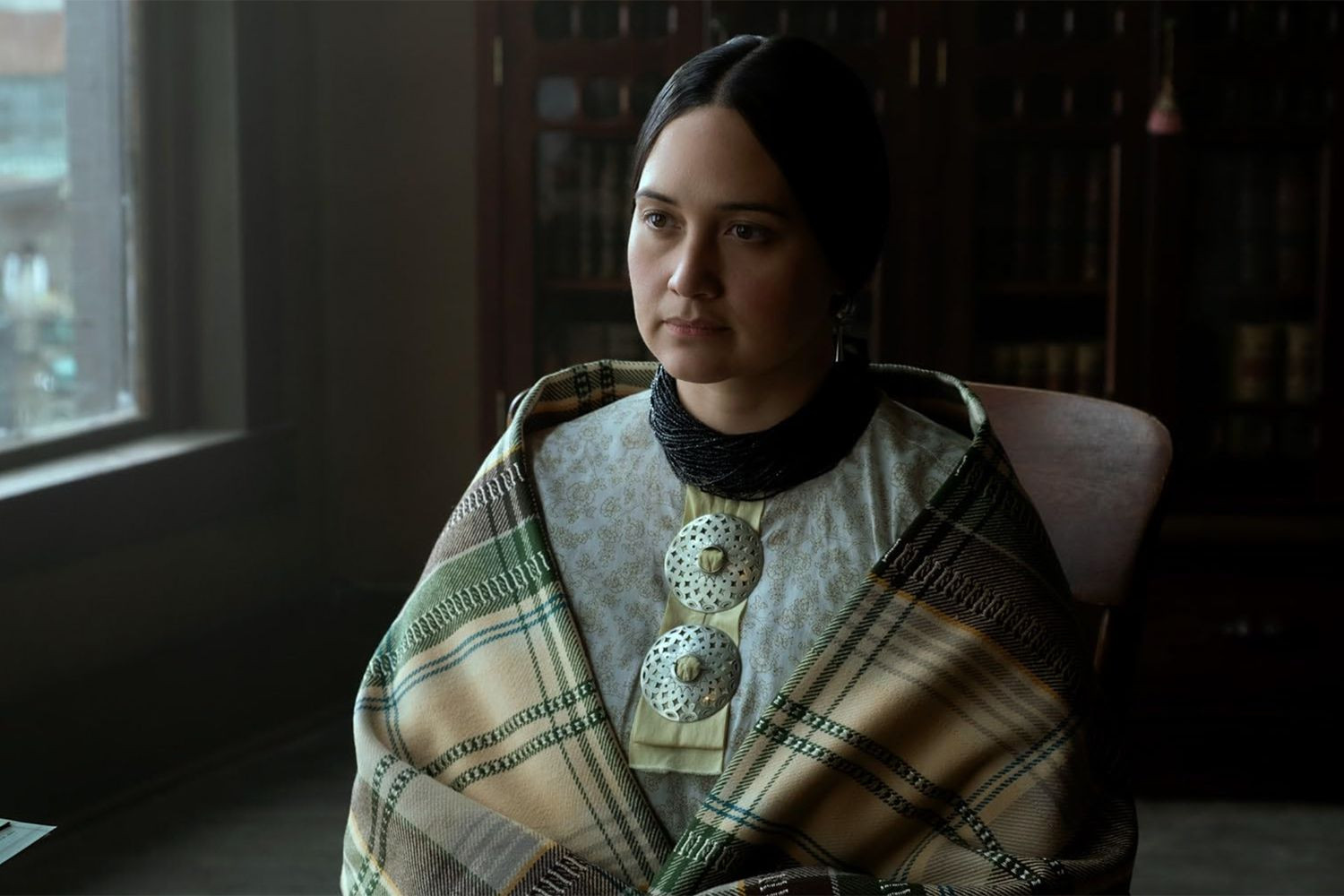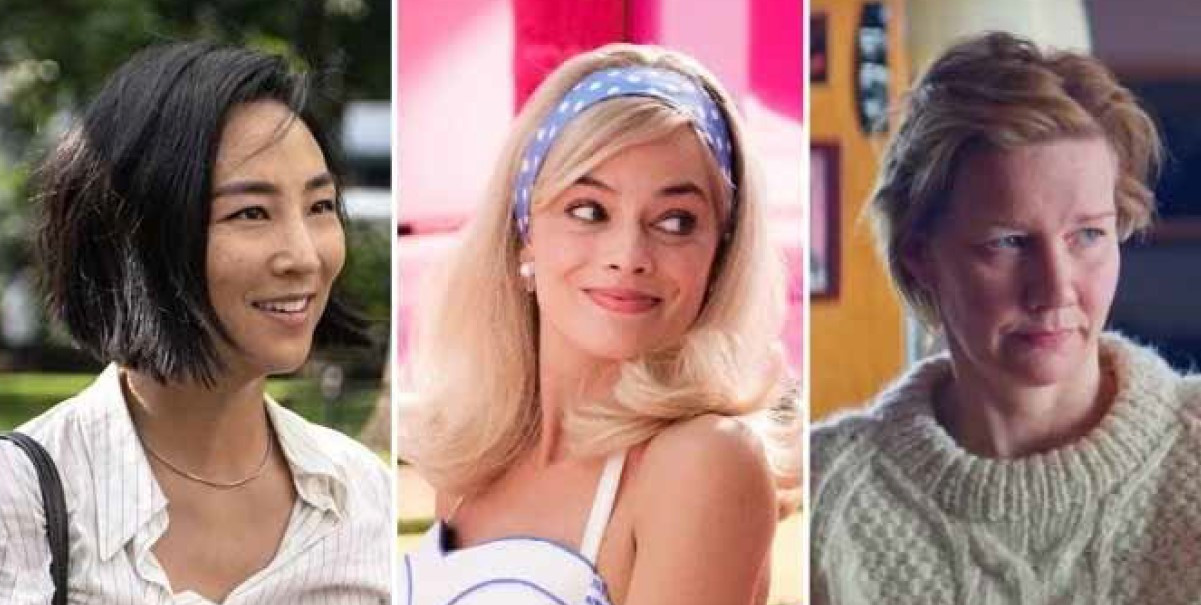In 2000, the United States Mint issued the Sacagawea Golden Dollar coin in recognition of the Native American woman hailed for her bravery in assisting the Lewis and Clark expedition (1804-1806) of Louisiana and the Pacific Northwest, after Thomas Jefferson bought the Natives territory in the greatest land bargain in American history. The obverse side of the coin depicts Sacagawea, the Shoshone woman, gazing ahead, instead of being shown in profile. She has her infant strapped on her back. Both features are distinctive in numismatic design.
Sacagawea was the first Native American woman to be on a coin. The coin was quietly discontinued and ran out of public circulation because of its unpopularity. Some senators and congressmen apparently disapproved of its design. No ideological reasons were evidently supplied. If this decision was taken in the contemporary milieu of social media fervour and the age of keyboard warriors, the disappearance of a coin depicting an indigenous woman may well have been questioned as some form of oppression. Back in the day, however, it did not even create a storm in a teacup.
Creating a stir is inherent with the use of social media platforms. All it takes is one tweet or post or reel to spark a debate or uproar about sociopolitical issues, or any issue under sun. In this season of Oscar buzz, ‘the buzz’ is certainly the operative word and the currency for hyping up one of the biggest entertainment event before the red carpet is rolled out. Contenders and nominations, the Oscar snubs and the favourites, all are laundered through the social media machine and the Academy’s selection is checked under the scanner in validation or censure.

The nearly century old award ceremony has experienced what any old institution will when it reaches such a grand old age. Sometime it doesn’t present itself to be modern enough to represent of relate the zeitgeist of a fast-changing world. It was and consistently proves itself to be a relic of white male privilege world order. Even as recent as 2022, 81% of the voting members of the Academy were white. This is after the Academy of Motion Pictures Art and Sciences has been hit by criticism such as #oscarssowhite and #MeToo and its platform used by women in the industry to protest the gender wage gap.
The buzz this year round has again thrown up Academy’s diversity problem and its undermining of minority groups in Hollywood. After the manic reception Greta Gerwig’s Barbie received at the box office, the Academy has more than disappointed the world by omitting Gerwig from the contenders for Best Director category and excluding Margot Robbie, the titular star of the film, from Best Actress nomination. Audiences and the acting community (more specifically the film’s cast) who hailed Barbie as the biggest girl power movie of the year – or decade – are smarting over this major Oscar snub. Ryan Gosling, who plays Ken in the film, expressed his consternation on the occasion of his nomination for supporting role and famously reminded the Academy that without Barbie there would be no Ken.
At the same time, it’s a first in Oscar history to nominate three films by female directors out of the selection of 10 for Best Picture which is considered the biggest award of the night. Justine Triet’s Anatomy of a Fall, Greta Gerwig’s Barbie and Celine Song’s Past Lives are up against the likes of Martin Scorsese’s Killers of the Flower Moon, Steven Spielberg’s Maestro and Christopher Nolan’s Oppenheimer. In 2024, three is the biggest number of win for women in this category in the Academy Awards’ 96-year history. Korean-Canadian director Song’s feature directorial debut is about the rekindling of romance between two South Koreans whose paths cross decades after having spent childhood together. Anatomy of a Fall is a 2023 French legal drama that has won Triet a Palm d’Or at Cannes and she is nominated for Best Director category for Fall as well. Gerwig recently broke the silence about being snubbed by the Oscars by giving a glass-half-full response; she pointed out that Barbie is among the nominees for Best Picture regardless.

Yet at the heart of the Oscar buzz there is also celebration of what is being called another historic and rare consideration by the Academy. These days a native of Montana’s Blackfeet reservation has grabbed the attention of the world for her nomination for Best Actress in the role of Scorsese’s Killers of the Flower Moon. Lily Gladstone plays a strong Native American woman whose family is murdered in an attempt to steal their fortunes in the oil-rich Oklahoma region. Gladstone is not the first Native American woman to be nominated for an Oscar in the category for Best Actress. The first actress of indigenous descent to be nominated for a best actress Academy Award was Yalitza Aparicio for Roma (2018). Nevertheless Gladstone’s nomination for her role in the Scorsese tale of indigenous slaughter is being hailed as ground-breaking on the back of her win at the Golden Globes, which was in fact a historic win for indigenous representation in films.
In 1973, Marlon Brando had refused his Oscar for The Godfather in protest of Hollywood perpetuating unfair stereotypes in its depiction of Natives and indigenous people. Native Americans were generally portrayed as savages, and white Americans were very much their saviors. Indigenous women usually did not have any lines and were silent. Worse, white actors were cast to play indigenous roles further perpetuating cultural appropriation. Brando sent American actress and activist for Native American civil rights Sacheen Littlefeather in his stead, to turn down the award and deliver a speech that alluded to Hollywood’s stereotyping of indigenous people and create awareness for the American Indian Movement’s occupation of a town called Wounded Knee in South Dakota that was taking place at the time. (It’s another story that Sacheen was discovered to be a pretender and her claim to Native American heritage was false according to her own family. She was of half European and half Mexican descent, they proved.)
Since 1929, a study found that less than two percent of Oscar nominees were women of colour and only 16 percent of all winners over the span of 95 years were women. The USC Annenberg Inclusion Initiative revealed that out of 13,253 nominees at the Academy Awards since 1929, 17 percent were women and 83 percent men. Hence, given this backdrop, not including Gerwig even in one category is a major missed opportunity for representation of women and an equally major setback to the declining popularity of the Academy.
In the US, viewership for the Oscars has steadily fallen - from 46.3 million in 2000 to about 32.9 million in 2017. In fact it is the great American sports event, the Super Bowl, which in comparison continues to gather millions more audience. Oscars viewership fluctuates year by year, however the last time the ceremony drew in a US audience of more than 40 million was back in 2014. In 2023, around 18.7 million Americans watched the Academy Awards ceremony. Last week, the 2014 Super Bowl viewership averaged 123.7 million viewers. Let’s see what the Oscars rake in next month.
The Academy issued the standards for representation and inclusion last year which also divided Hollywood. If films are to be dictated by these guidelines to be considered as masterpieces of contemporary cinema by the Academy then, many believe, they will be stripped of artistic licence.
To be eligible for an Oscar in the Best Picture category, the representation and inclusion standards to be followed are thus:
A film can achieve the standard for on-screen representation by meeting at least one of the criteria including the following: having a lead or significant supporting actors from underrepresented racial or ethnic groups in a specific country or territory of production. This may include African American / Black / African and/or Caribbean descent; East Asian (including Chinese, Japanese, Korean, and Mongolian); Hispanic or Latina/e/o/x; Indigenous Peoples (including Native American / Alaskan Native); Middle Eastern / North African; Pacific Islander; South Asian (including Bangladeshi, Bhutanese, Indian, Nepali, Pakistani, and Sri Lankan); Southeast Asian (including Burmese, Cambodian, Filipino, Hmong, Indonesian, Laotian, Malaysian, Mien, Singaporean, Thai, and Vietnamese).

The main storyline, theme or narrative of the film is centered on an underrepresented group.
At least 30 percent of all actors in secondary and more minor roles are from at least two underrepresented groups, which may include women, racial or ethnic group, LGBTQ+
and people with cognitive or physical disabilities, or who are deaf or hard of hearing. At least 30 percent of the film’s crew is from at least two underrepresented groups.
At least two of the following creative leadership positions and department heads are from an underrepresented group and at least one of those positions must belong to someone from an underrepresented racial or ethnic group.
The Academy is perhaps once again, nurturing the white members of the film industry how to show sensitivity in order to be acceptable and woke.
With Gladstone riding on her wave of fame and representation of indigenous people, to the main theme of the film she stars in — along with a host of stars including Leonardo Dicaprio, Robert De Niro, Brendan Fraser and Jesse Plemmons — it sounds like Scorsese has this one in the bag. To show that the Academy takes being diverse and inclusive of underrepresented group seriously, so does Gladstone. Like Sacagawea embossed on a golden coin, handing Gladstone the golden award will be a nod of approval by the powerful white men to share a page of history with a human being who is neither white nor male but a part of history whether they like it or not.
For us far, far away from the glitz and glamour of Hollywood, the upcoming Aurat March will spark debates and question on the representation of women and minority groups in many walks of life. As ever, the buzz will be centred on how a harmless public gathering of minority groups upsets the apple cart of traditions and norms that promote male privilege.
